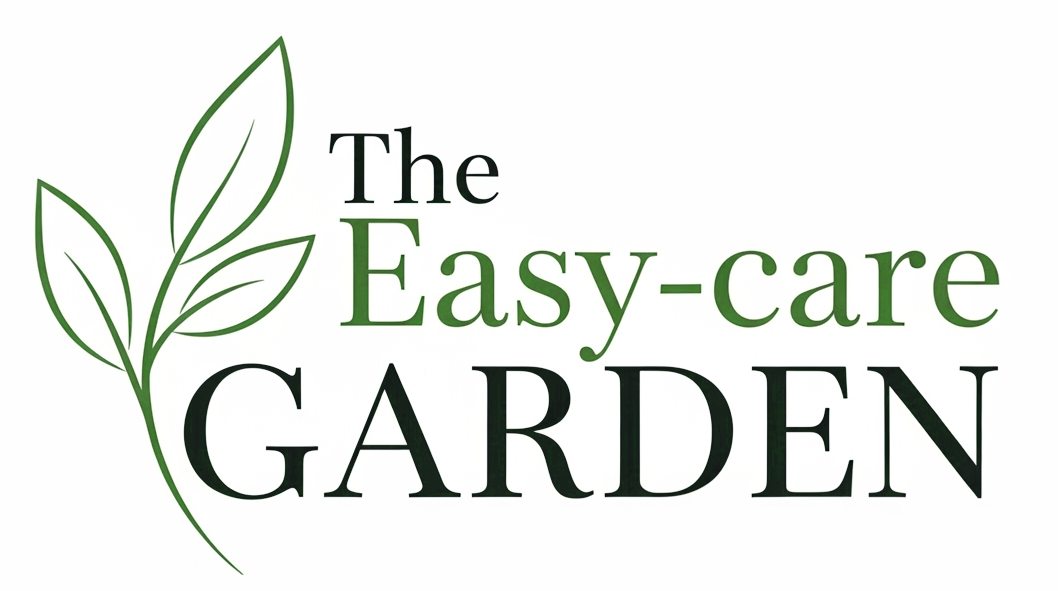The Shasta daisy (Leucanthemum × superbum) is a popular and well-known perennial plant in UK gardens, valued for its classic, daisy-like flowers and long flowering season. Despite its common presence, it is not a native UK species but a hybrid created in the late 19th century.
Description
Key Characteristics:
- Appearance: The Shasta daisy is a classic example of a composite flower, featuring large, white ray florets (the “petals”) surrounding a central cluster of bright yellow disc florets. Its flowers can be single or double, and the plant forms an upright, bushy clump.
- Size: It typically grows to a height of 60-90 cm (2-3 feet) with a spread of around 45-60 cm (1.5-2 feet).
- Foliage: The leaves are dark green, glossy, and lance-shaped with toothed edges. They form a basal clump from which the flowering stems emerge.
- Flowering Season: Shasta daisies have a long and reliable flowering period, typically from early summer (June) through to late autumn, often with repeat blooming if deadheaded regularly.
Origin and UK Context:
The Shasta daisy is a man-made hybrid, developed by American horticulturist Luther Burbank. It is a cross between the Oxeye daisy (Leucanthemum vulgare) and other daisy species. Because of this, it is not considered native to the UK, but it is widely naturalized in many regions. It is a staple of cottage gardens, herbaceous borders, and wildflower meadows.
Growing Conditions and Uses:
- Soil and Light: Shasta daisies are remarkably easy to grow. They thrive in full sun and prefer well-drained, fertile soil. They are not tolerant of waterlogged conditions, particularly in winter.
- Hardiness: They are fully hardy across the UK and require very little maintenance once established.
- Landscaping: The plant’s upright form and long flowering season make it an excellent choice for the middle or back of a mixed border. It pairs well with other summer-flowering perennials like Salvia, Echinacea, and Phlox. It is also an excellent cut flower due to its strong stems and durability.
Ecological Role:
While not a native plant, the Shasta daisy is a beneficial addition to UK gardens for wildlife. Its open flower structure makes the nectar and pollen easily accessible to a wide variety of pollinators, including:
- Bees: Bumblebees and honeybees are frequent visitors.
- Butterflies: Its late-summer blooming period is particularly valuable for butterflies.
- Hoverflies and other insects: They are also a key food source for many other beneficial insects.
| See also different: | Easy-care perennial plants |

